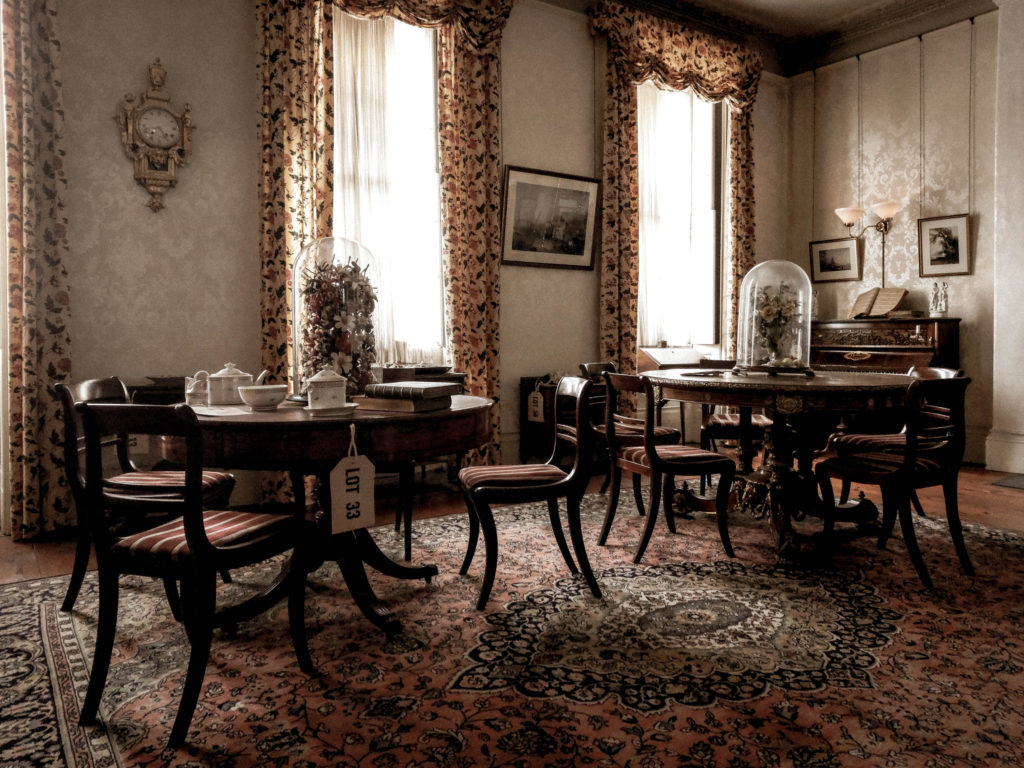Migrant history of Jersey
On the 7th of June 2021, Hautlieu Photography class got to take part in a visit to the Jersey museum where we were the last to see the exhibition: People Make Jersey.
During the exhibition we got to learn from a wide variety of topics the types of people in Jersey. For example, we got to learn about how French Protestants found refuge in Jersey since in 1572, the Massacre of St. Bartholomew, the Catholics killed thousands of Protestants. It wasn’t until 1598 that King Henry IV enable citizen rights to the Protestants, but by then they have found refuge in other places, such as Jersey. We can see the Protestants impact on the island nowadays since there are many protestant churches still running service, we have Jehovah’s witness’ still in operation and many of the older generation are Protestant and attend service.
I, personally, took interest in my own culture and managed to find a beautiful love story from 1930s – 40s. In 1930s, Edouard Alho came to Jersey from Madeira (my birth-place) to work as a waiter at the Merton hotel, he then became the head waiter. During World War 2, he went back to Portugal but came back in 1948 and got marry to a beautiful local girl named Betty. He then watched Jersey get back together, the Merton hotel become of the largest hotels in the channel islands. He then retired in 1984 after 50 years of service for the Merton.
In addition, we got to learn about how rich houses were structured back in the 20th century. For example, we got to learn about the drawing rooms: the drawing room was considered to be the heart of the home. This drawing room from the museum was made by a Jersey man, Mr Philippe Nicolle Senior. He used carpenters from his own shipyards to lay the beautiful wooden floors. They would also caulk the boards with tarred strings since they had experience from the deck of a ship.

The Drawing Room
For his drawing room, Mr. Philippe was wise investing in the new gas system rather than oil in 1830. The family also beautifully decorated the room with luxury having wallpapers made by the renowned French manufacturer Jean Zuber & Co, established in 1797, maker of the finest hand blocked papers.
The residents also enjoyed music as you can clearly see by the upright piano with a large selection of sheet music housed in a charming burr walnut cabinet. As seen below:

Since our society used to be a patriarchal society, the ladies really appreciated the tables in which to do their needlework. The table includes tea or play-cards, an exceedingly ornate table made by the Hollands with the highest quality marquetry of mahogany, rosewood, satinwood and a manner of exotic woods, occasionally formed into portraits of famous artists of both the modern and ancient worlds.
To entertain the visitors, the room contained a perfect tea set made in the finest porcelain by the New Hall factory. Also, the paper Mache chair and japanned table are excellent examples of the New Hall factory. The chair, inlaid with mother of pearl, is in the latest London fashion.
As you can powerfully observe, we have learnt a lot from our trip to the museum. We learned about migration in Jersey, the contents of the finest rooms and how Jersey has changed over the years.
Therefore, the visit to the museum was very useful and inspirational.
